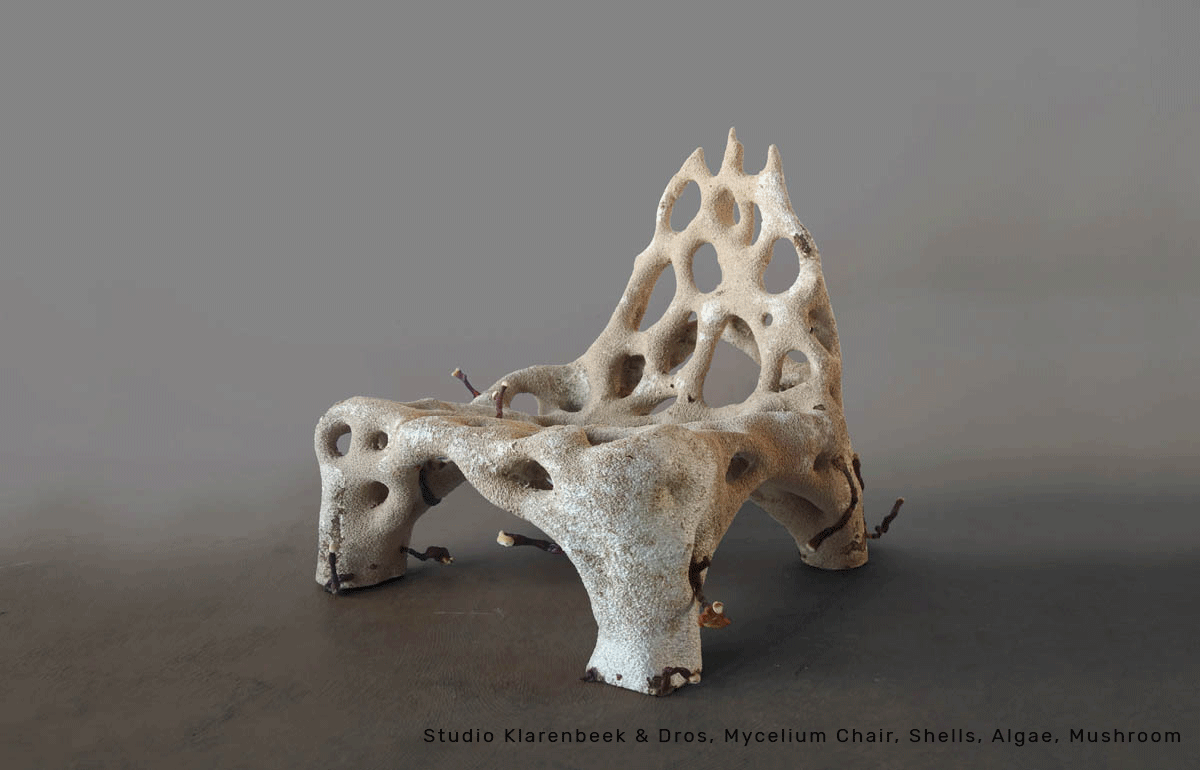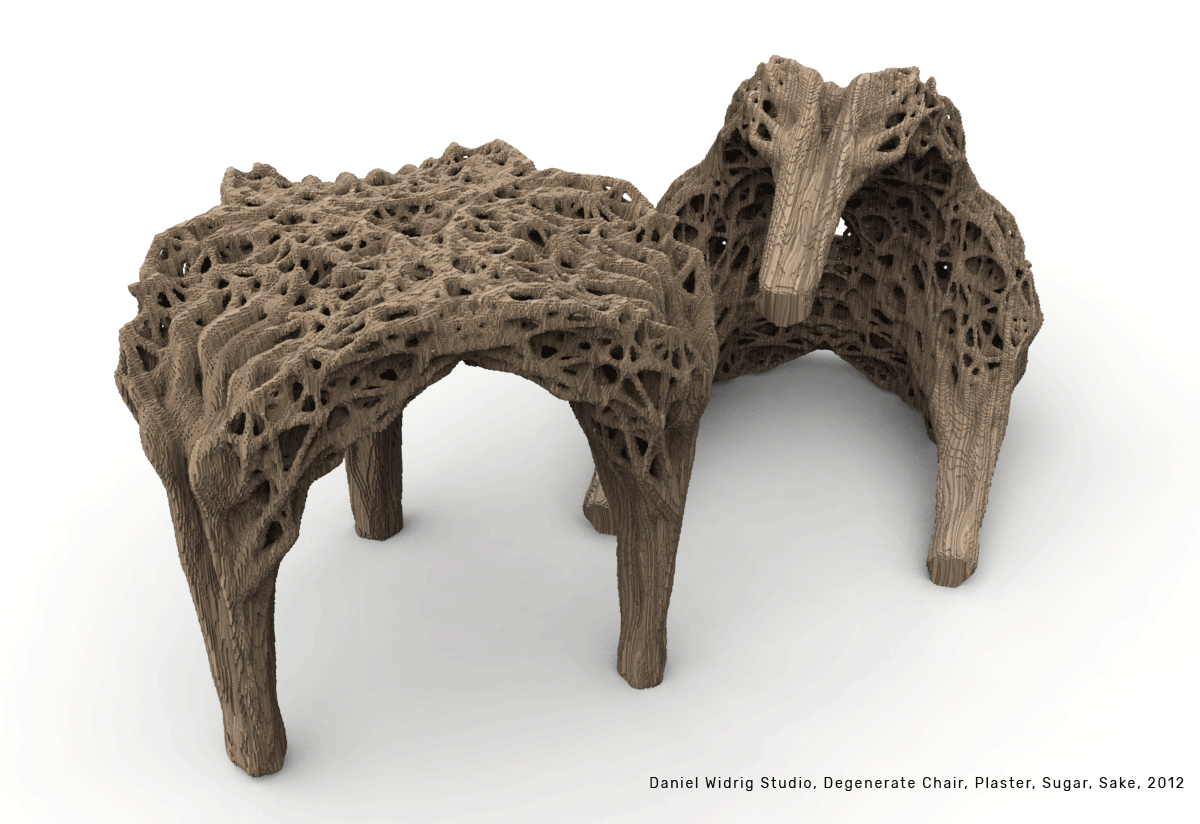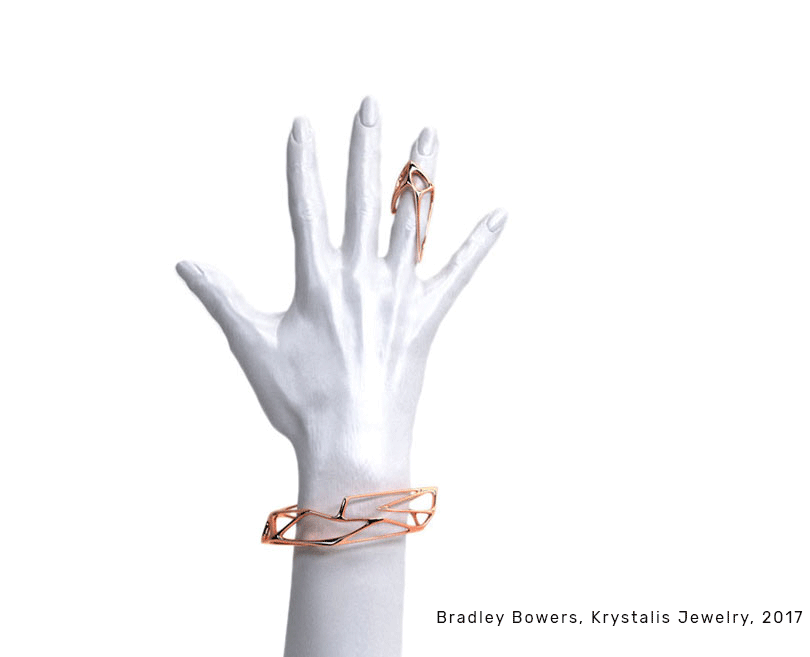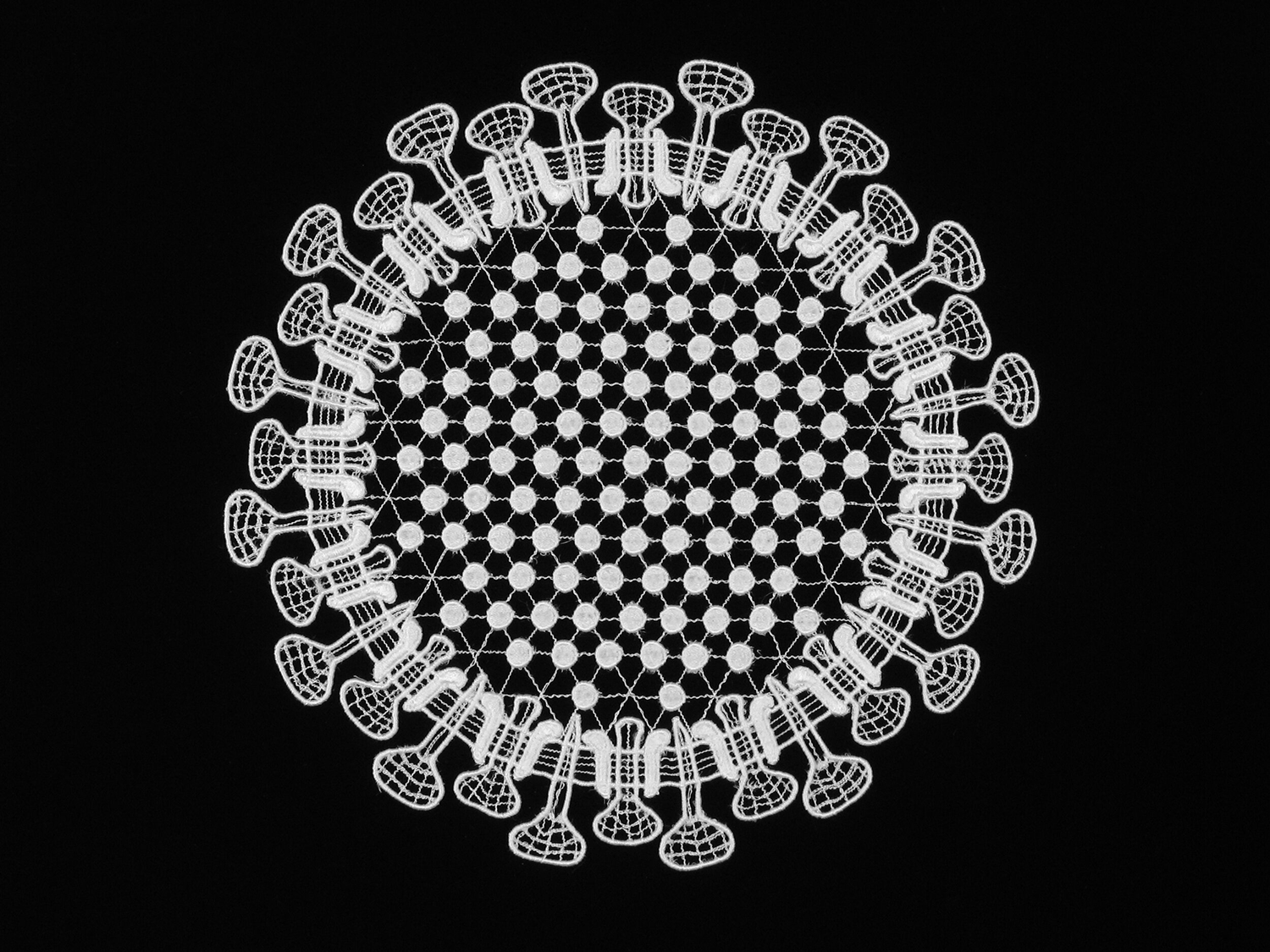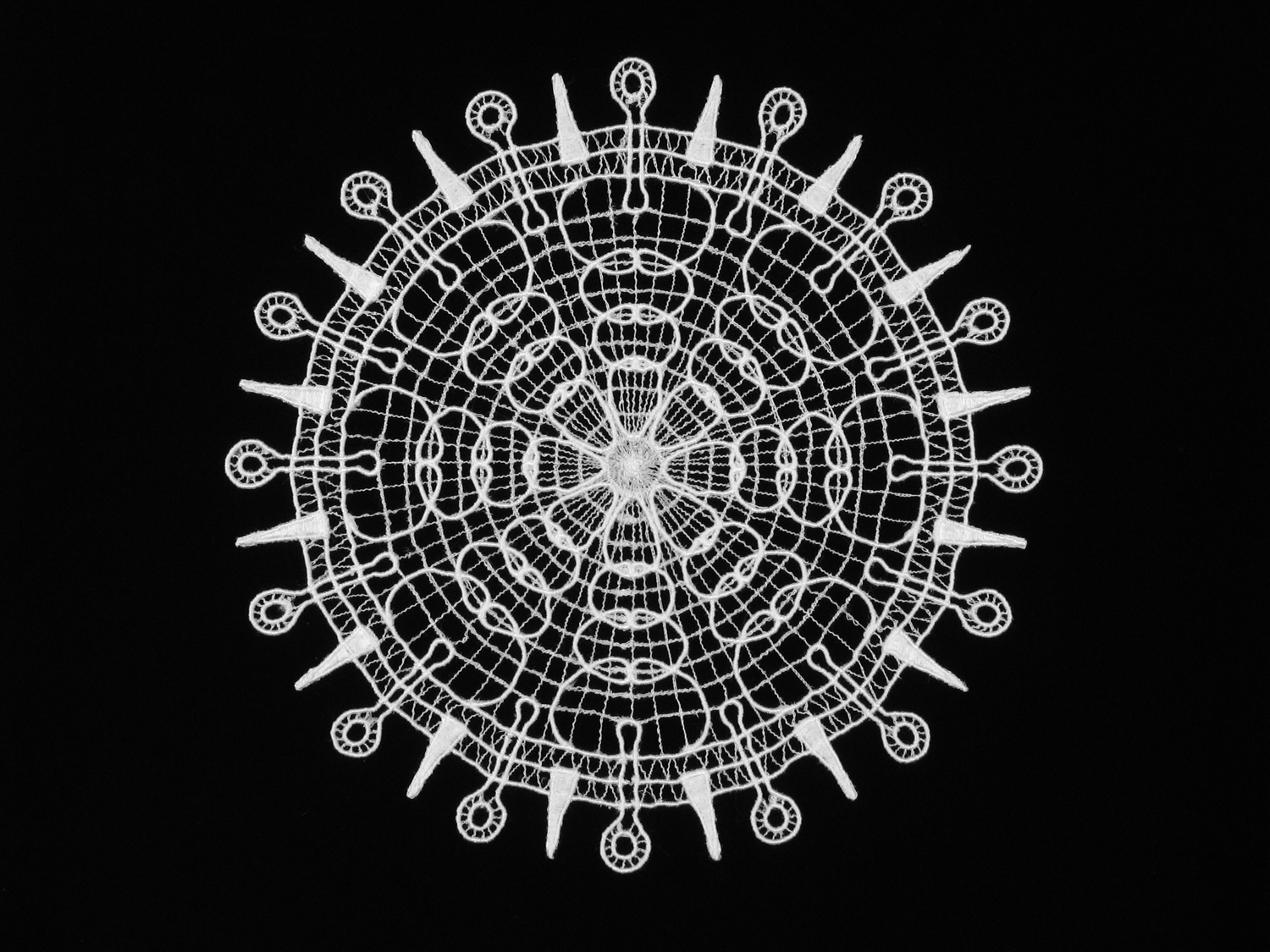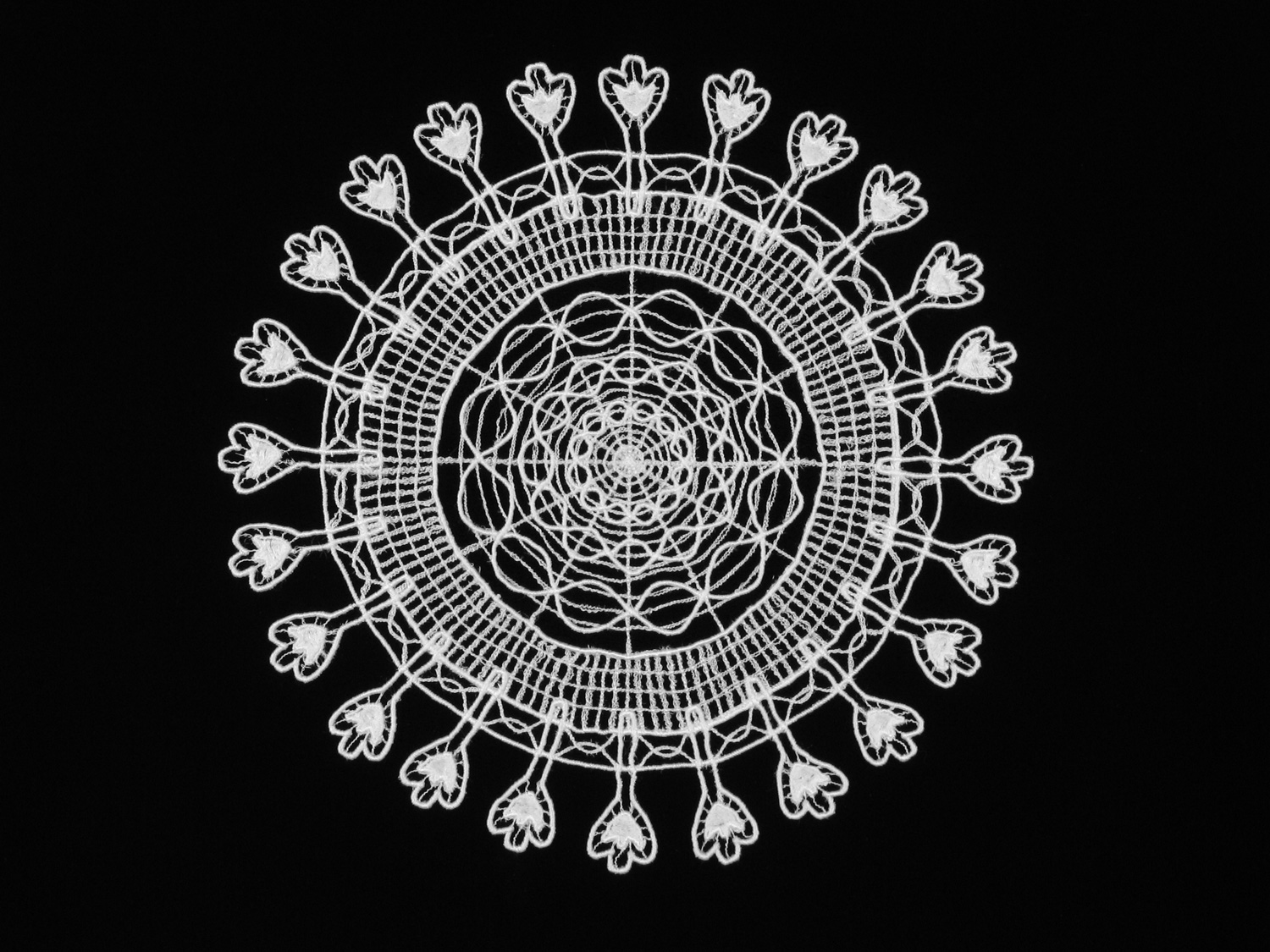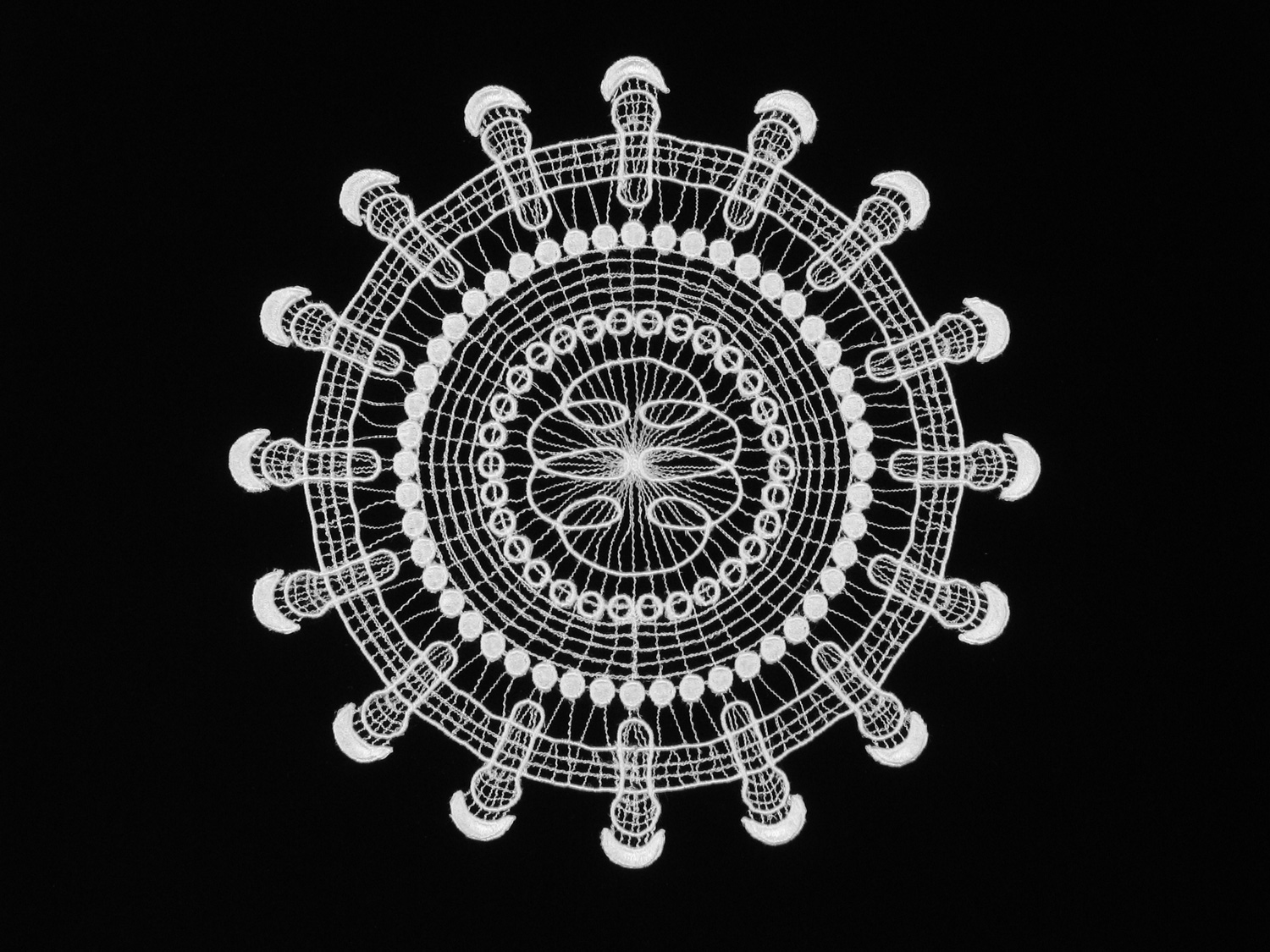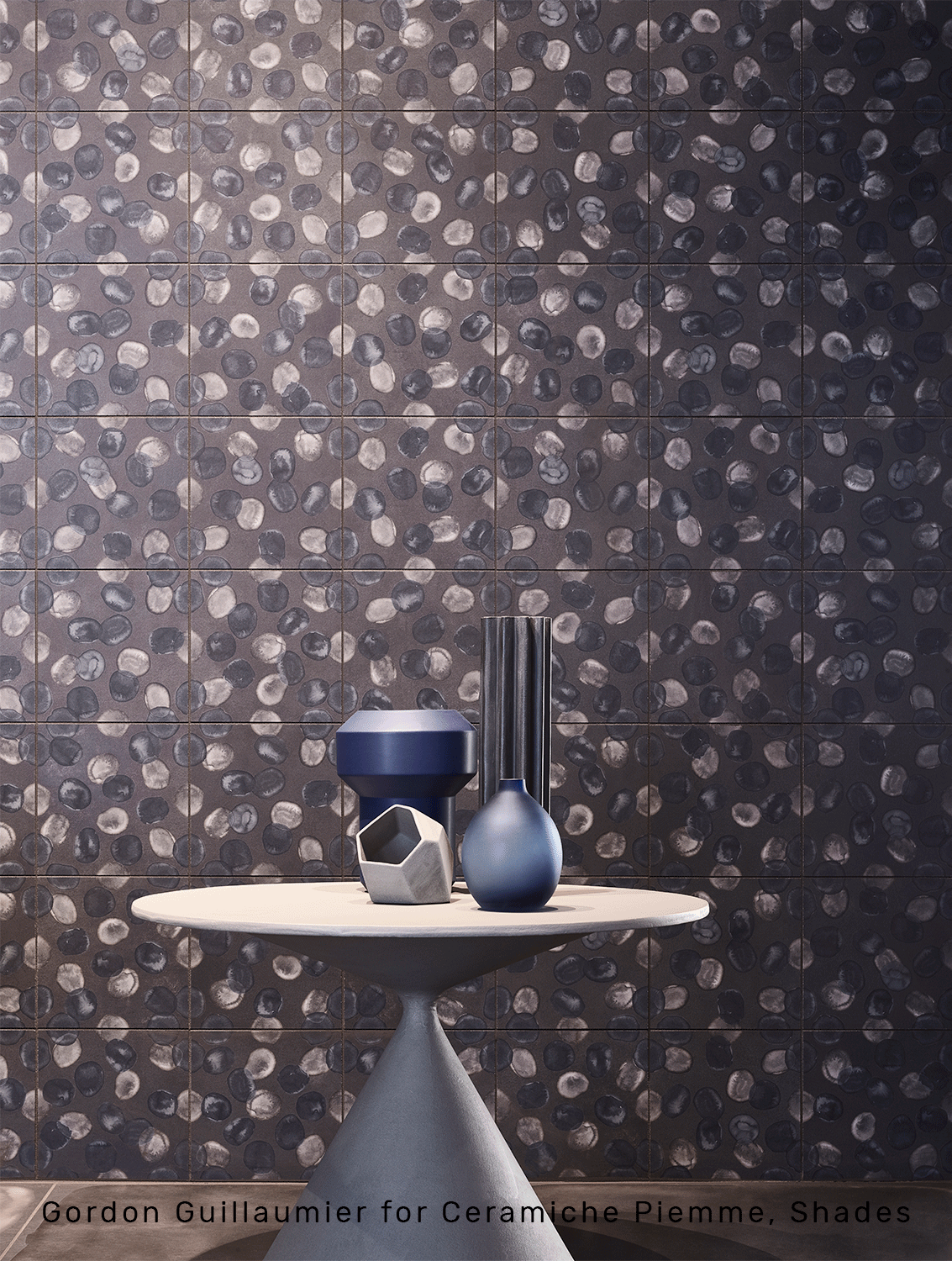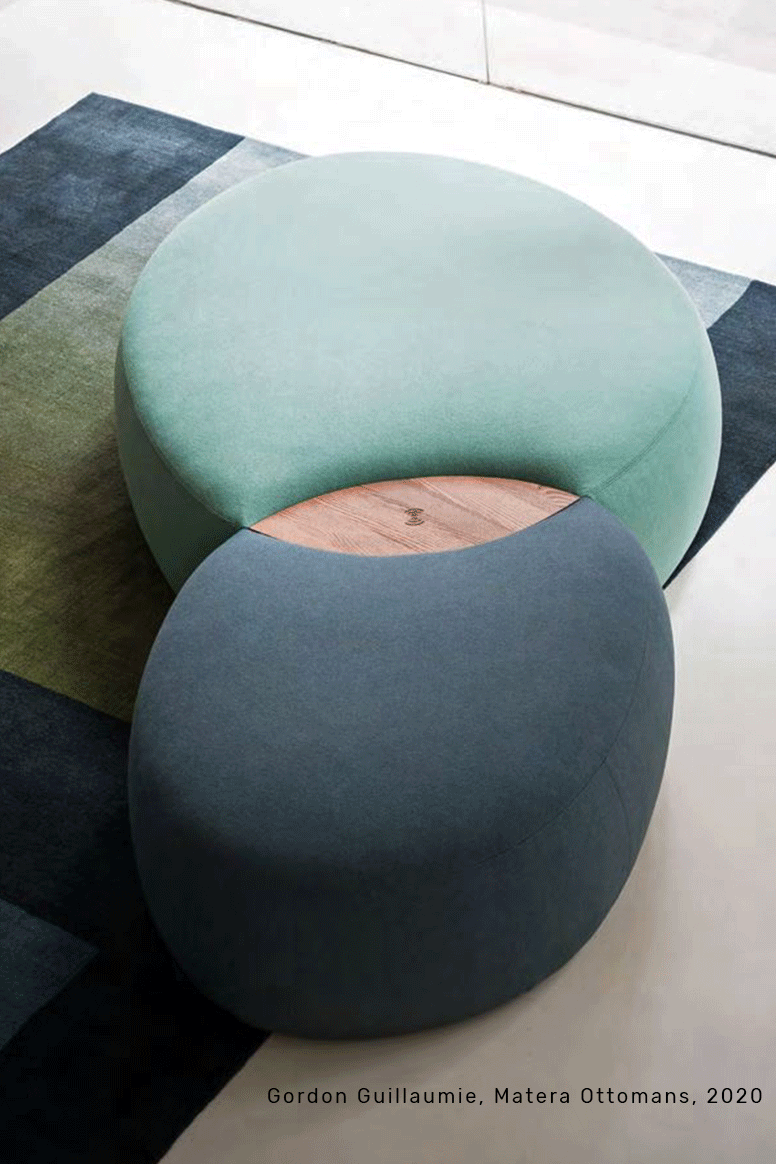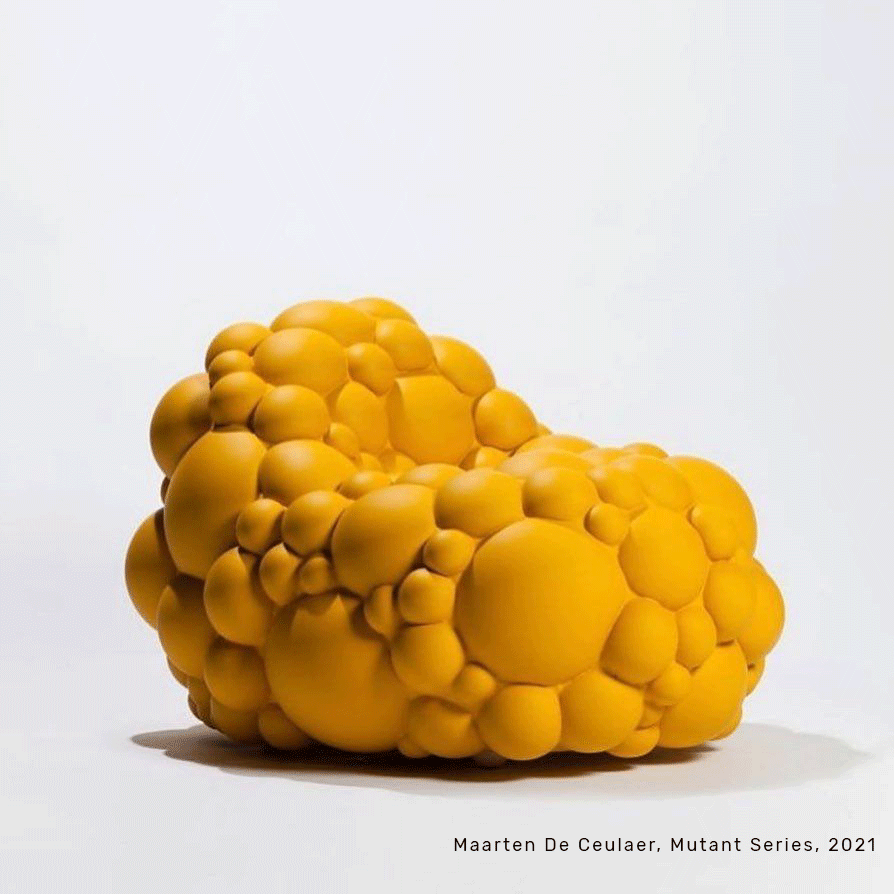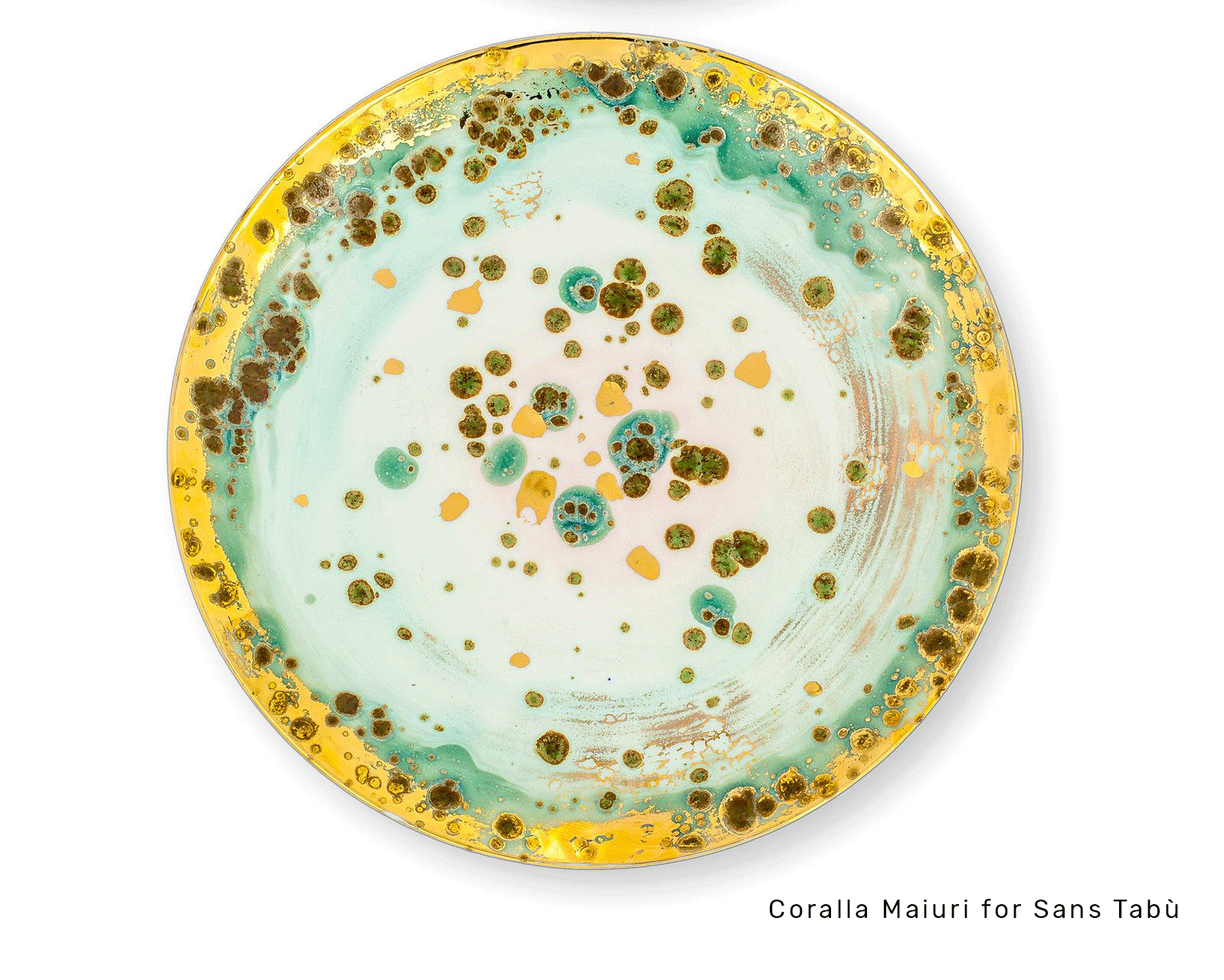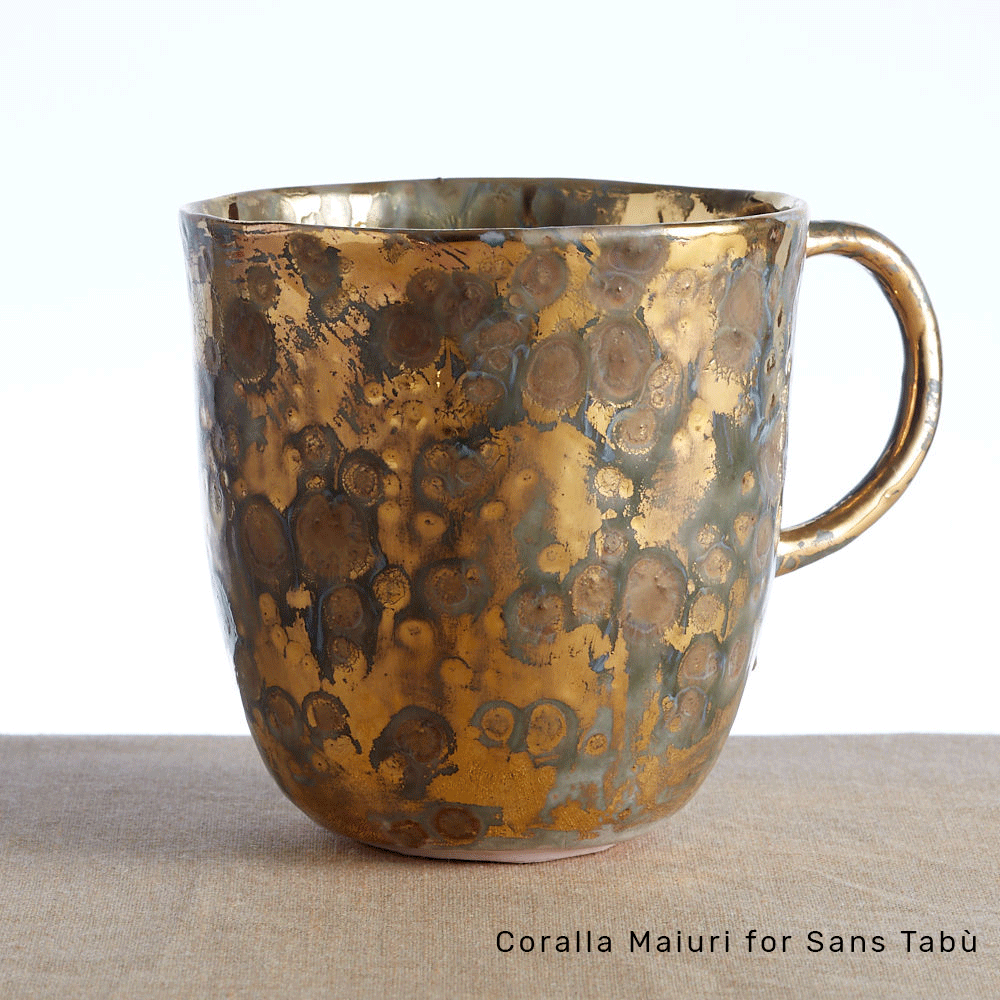Neo-Naturalism and the Elements of Style
Last month I wrote about circular design and biomimicry—mining nature’s solutions to create healthier, regenerative design solutions. This month I’m looking at nature through the lens of style, specifically how biomimicry will affect the look of product design in the next decade. We are already seeing threads of this style emerge, signaling a new approach in how designers view and interpret the natural world. Neo-natural design will be driven by a deeper understanding of the interconnectedness between humans and other living organisms, by our desire to co-exist with our planet, and our reprioritization of nature’s authentic flaws over aesthetic perfection.
Growth Spurt: Digital Seeds Take Root
Nothing says nature more than the knotty reach of a tree branch, or the tangled tendrils of new spring growth. Antoni Gaudi one quipped, “there are no straight lines or sharp corners in nature.” Indeed, even the edge of a distant horizon is not truly straight but rather a broad curve, imperceptible to our eye at ground level. While Gaudi and other practitioners of Art Nouveau favored a zealous use of whiplash curves and parabola arcs, tomorrow’s designers will employ less flourish in their approaches.
Mathias Bengtsson, Growth Table, Walnut, 2014
Take for example the work of Danish designer Mathias Bengtsson, who debuted his Growth series in 2014. By this time, the young designer had already made a name for himself as an innovator in materials and process-based work. Growth is a continuation of Bengtsson’s explorations combining technological tools with organic forms. Using a software algorithm, his pieces are grown from a “digital seed.” Just as Mother Nature’s seeds contain genetic information that dictate the plant species and vegetative traits, so too do digital seeds, whose algorithms include a set of parameters that dictate the form that will emerge. Once planted, the algorithm takes over, growing the piece without further input needed from the designer.
Joris Laarman, Bone Chair, Aluminum, 2006
Bengtsson is not the only designer using digital seeds. Innovator Joris Laarman, who opened his design lab in 2004, frequently collaborates with scientists, craftsmen, and engineers to create work using cutting edge technology. In many ways, Laarman pioneered the field, creating his first Bone furniture pieces in 2006. Like Bengtsson, Laarman creates his Bone chairs from digital seeds. The seed’s algorithm aimed to create a chair much like how our bodies produce bones—adding strength where it is need and subtracting material where it is not. The result was a revolutionary approach to design that replicates nature in ways never before possible.
Though produced with similar technology, Bengtsson’s and Laarman’s work feel very different. Where Bengtsson is tangled and weblike, Laarman is skeletal and attenuated. But when looking at together, elements of a neo-natural style become apparent. They share a language of generative growth.
If you need more convincing, take a look at the chairs by Dutch designers Eric Klarenbeek and Maartje Dros. Their Mycelium Project produces chairs grown entirely out of mushroom mycelium. Though the designers use design software, they are not created with digital seeds. Rather, the rootlike appearance reflects a stylistic choice by the designers.
Going Viral: Design Under the Microscope
Not all neo-natural designs will be inspired by vegetal growth. Some designers prefer to look internally—as in, on the cellular level.
Who would look at a coronavirus and imagine a lace doily? Laura Splan, that’s who. The artist has been looking to the microscopic world as far back as 2004 when she released a series of lace lovelies that replicated the shapes of SARS, Herpes, HIV, and other nasties. Her pieces seem almost prescient today the way they intricately trace a shape that has become all too familiar over the past year. Yet in Splan’s hands, what is fearsome becomes refined. What is dangerous becomes delicate. She teaches us that the cellular world is a wellspring of inspiration.
Just last year, Splan created a series of digital animations inspired by SARS-CoV-2 protein. Using molecular visualization software, the proteins unravel before us in a mesmerizing dance that blurs the natural and digital worlds. As the molecule morphs and unfolds before us, it’s easy to forget this virus has been the source of so much heartache. While it may not seem apparent how a digital animation could influence product design, one look at the corresponding series of Renatured prints makes this budding design iconography crystal clear.
Where Splan uses a microscope, others may choose to replicate these forms in other ways. We’re already starting to see this cellular world emerge in pattern and surface design in the form of biomorphic shapes, often densely packed onto a field. In 2018 designer Gordon Guillaumier created a distinct pattern for tile company Ceramiche Piemme with this very feel. Though inspired by the translucency of watercolors and imperfection of historic hand-maiolica, Guillaumier’s Shades collection evokes a microbial world, especially in the way the colors overlap and merge.
Imagining these designs in three dimensions isn’t difficult. One look at Guillaumier’s Matera ottomans for Tachini (2020) gives us our first clue. Or even the Buckyball chair for ODESD2 (2019) proves that fun can be had playing with carbon molecules. The list goes on. Squishy cells and bubbly molecules are definitely in.
Whether gnarly or attenuated, circular or blobby, don’t expect this new type of organicism to go away any time soon. Whether bringing the outside in, or the inside out, Neo-naturalism is here to stay.




